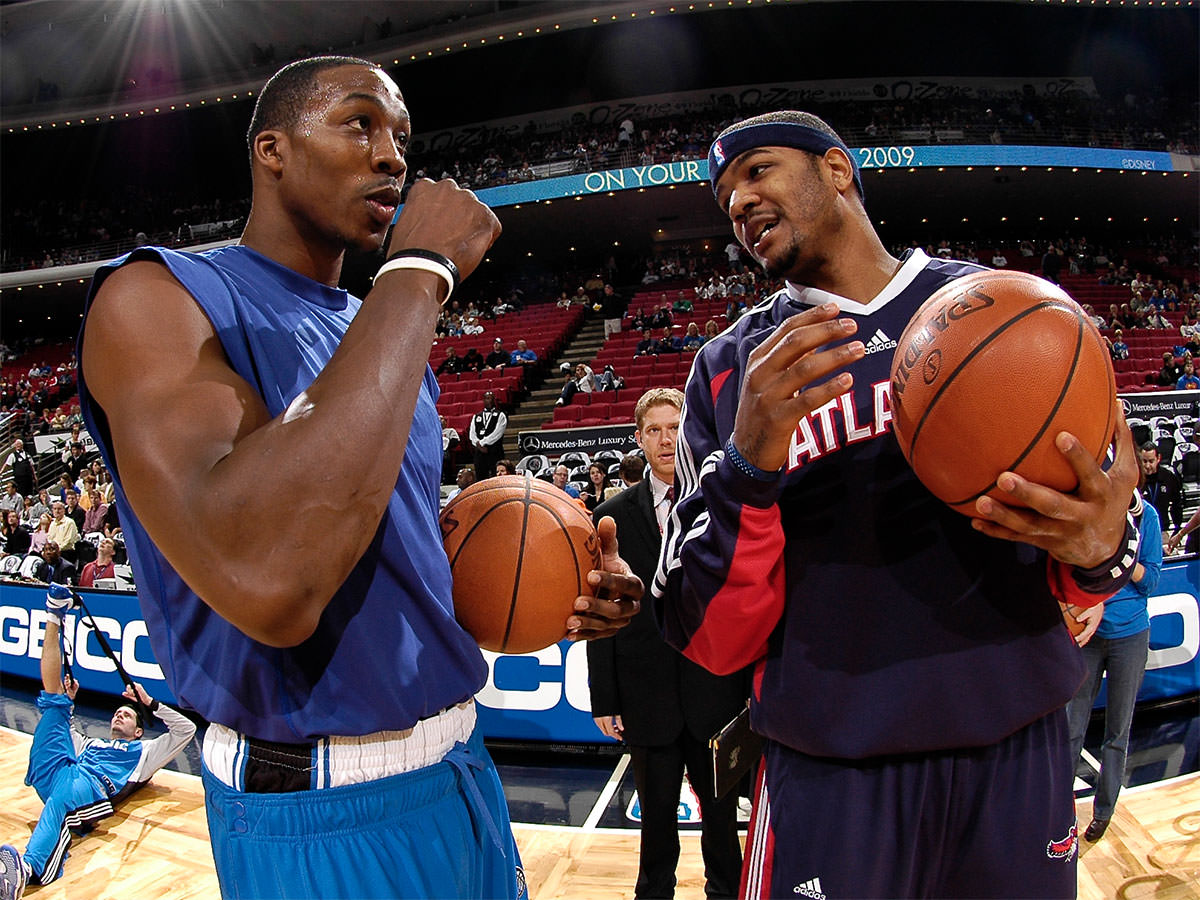About a decade ago, low first-round picks started being treated with a new reverence. Recognized as a means of securing non-negotiably cheap labor due to the rookie contract scale that determined their salaries, their acquisition became a fashionable trend, punctuated emphatically by the Kevin Pritchard-eraPortland Trail Blazers, who feasted on their availability and stockpiled non-lottery prospects they were almost gifted.
Some didn’t work out, of course, but enough did for the trend to become fashionable, for the perception of their value to become league-wide, and for the availability, the Blazers had feasted on to diminish significantly. Concurrent with this, high second-round draft picks similarly became more valued commodities than in years past.
Ever the draft night dealer, the aforementioned Kevin Pritchard used them at times to trade into the aforementioned late first round, capitalizing on the fact that other teams sought after the second-rounders so. Other teams sold them for large cash sums, perhaps peaking with the $2.5 million Houston paid Washington for the rights to Jermaine Taylor (who subsequently signed a four-year contract with the team but played only 39 games with them and is now out of the league).
Again, as the trend caught on around the league, the market was driven higher and higher, and now almost nobody wants to sell. First-round picks count against the cap, even when they are not signed, but second-round picks do not. This simple reason gives second-round picks value additional to their obvious use as talent acquisition to teams with cap room aspirations — second-round picks do not infringe upon the team’s cap room and can always be signed after the bulk of the free agent market is closed.
And on a more simplistic level, second-round picks simply cost less. In an era where so many more teams have cap room than in the recent past, this trend is developing further, and being pushed further down. Teams are selling second-round picks less because they are valued internally ever more, for multiple reasons, both in raw salary and luxury tax calculations.
Players with more than two years of NBA experience count as only a two-year veteran against both salary cap and luxury tax calculations if they are signed to only a one-year minimum salary contract. For this reason, they are almost always signed to that, and only rarely does a veteran on a minimum salary contract get a second year. Meanwhile, rookies and sophomores signed to the minimum count against the salary cap as their respective minimum salaries, but only against the cap.
For luxury tax calculations, any player signed as a free agent who earns less than the two-year veteran’s minimum salary counts as the two-year veteran’s minimum salary, unless he was drafted. If he was drafted, he counts only for what he was signed for. Simply put, you can’t sign undrafted rookies instead of veterans to pinch some pennies on the luxury tax. You can, however, sign drafted ones. This, then, is where extra value from a late second-round pick can be found.
If you’re faced with the choice between a fringe NBA veteran getting a roster spot, or your second-round pick, then any luxury tax concerns the team may have will play a factor in the decision. For example, Erik Murphy with Chicago has only a $250,000 guarantee on his $490,180 salary this season, yet he is surely extremely likely to survive the whole season, as a replacement player (whom the Bulls would likely have to sign just to meet the minimum roster size) will cost about double that.
An undrafted rookie signed to the rookie minimum would cost Chicago $490,180 in salary but $1,514,573 in luxury tax (Chicago currently resides in the $1.75-$1 tax bracket), plus the $250,000 in Murphy’s guaranteed portion should he be waived. Murphy, a drafted rookie minimum, would in contrast cost only $857,815 in tax, the same in salary, and without the cost of the guaranteed portion of someone else. That is a saving of as-near-as-is $1 million. And that is significant.
This demonstrates the value of what the late second-round drafted status can offer to a team’s luxury tax situation. And perhaps teams are recognizing this — it is entirely possible that Nick Calathes, a second-round pick from 2009 acquired by Memphis from Dallas and signed to a minimum salary contract, was at least partially sought after for the third-string point guard role because of his price tag, rather than a veteran perhaps more behooving of a high playoff seed.
To both tax teams and cap teams, then, late second-round picks have demonstrable value financially. They have less value in talent acquisition, of course, yet they can be valuable in multiple ways. To a team with luxury tax concerns, they are cheap labor. To a team with cap room, they are essentially free labor. To all teams, they are great opportunities for long shots. And to all teams, if they draft well enough, they could be the cheapest of cheap steals.
For these reasons, just as it is not a fallacy to rather have the No. 32 pick than the No. 28, it is neither a fallacy to rather have the No. 41 and No. 49 than that No. 32. Dependent on circumstance, it could be arguably more beneficial. So maybe Milwaukee does have the right idea after all.
Original article: http://www.sbnation.com/nba/2013/10/25/5028588/the-value-of-late-second-round-picks































